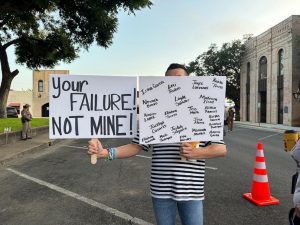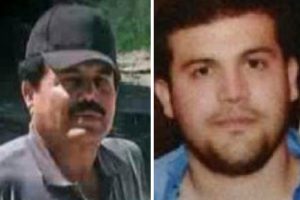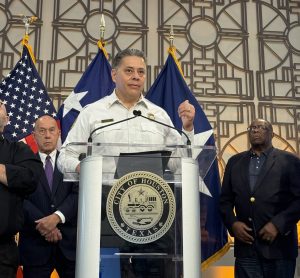 Starting Sunday night, a team of four volunteers will spend the next year inside a 1,700 square foot 3-D printed habitat at Johnson Space Center.
Starting Sunday night, a team of four volunteers will spend the next year inside a 1,700 square foot 3-D printed habitat at Johnson Space Center.
The team is simulating what it would be like to live on the planet Mars, and they started their adventure just after 6:30 p.m. Houston time.
So, what’s this for?
Four intrepid scientists began their year-long mission, living as if on Mars so that the National Aeronautics and Space Administration, or NASA, could learn about how humans would fare during extended space travel.
Among the challenges to rehearse? The distance between the planets-which averages roughly 140 million miles.
“When we go to Mars someday, there’s going to be up to a 22-minute delay each way,” Dr. Suzanne Bell, a Behavior Health and Performance Laboratory lead at Johnson Space Center, said.
“So Mission Control won’t even hear about a problem until 22 minutes after it’s occurred. This requires the crew to work with unparalleled levels of autonomy, and they’ll have to problem solve on their own,” she said. “They’ll have to determine what they elevate back to Mission Control and wait 44 minutes for the response. And so that’s exactly one of the things we’re trying to replicate.”
The experiment is called CHAPEA, which stands for Crew Health and Performance Exploration Analog. Bell says they were very selective in who they chose for the mission, as nearly 4,000 people applied. But only four will live in isolation for a year.
“We’ve specifically chosen people that we hope to succeed together very carefully screened, and really clear that they have the ability to work on teams,” Bell said. “And so our objectives are really about optimizing that human health and performance.”
“When we go to Mars someday, there’s going to be up to a 22-minute delay each way,” Dr. Suzanne Bell, a Behavior Health and Performance Laboratory lead at Johnson Space Center, said.
“So Mission Control won’t even hear about a problem until 22 minutes after it’s occurred. This requires the crew to work with unparalleled levels of autonomy, and they’ll have to problem solve on their own,” she said. “They’ll have to determine what they elevate back to Mission Control and wait 44 minutes for the response. And so that’s exactly one of the things we’re trying to replicate.”
The experiment is called CHAPEA, which stands for Crew Health and Performance Exploration Analog. Bell says they were very selective in who they chose for the mission, as nearly 4,000 people applied. But only four will live in isolation for a year.
“We’ve specifically chosen people that we hope to succeed together very carefully screened, and really clear that they have the ability to work on teams,” Bell said. “And so our objectives are really about optimizing that human health and performance.”










